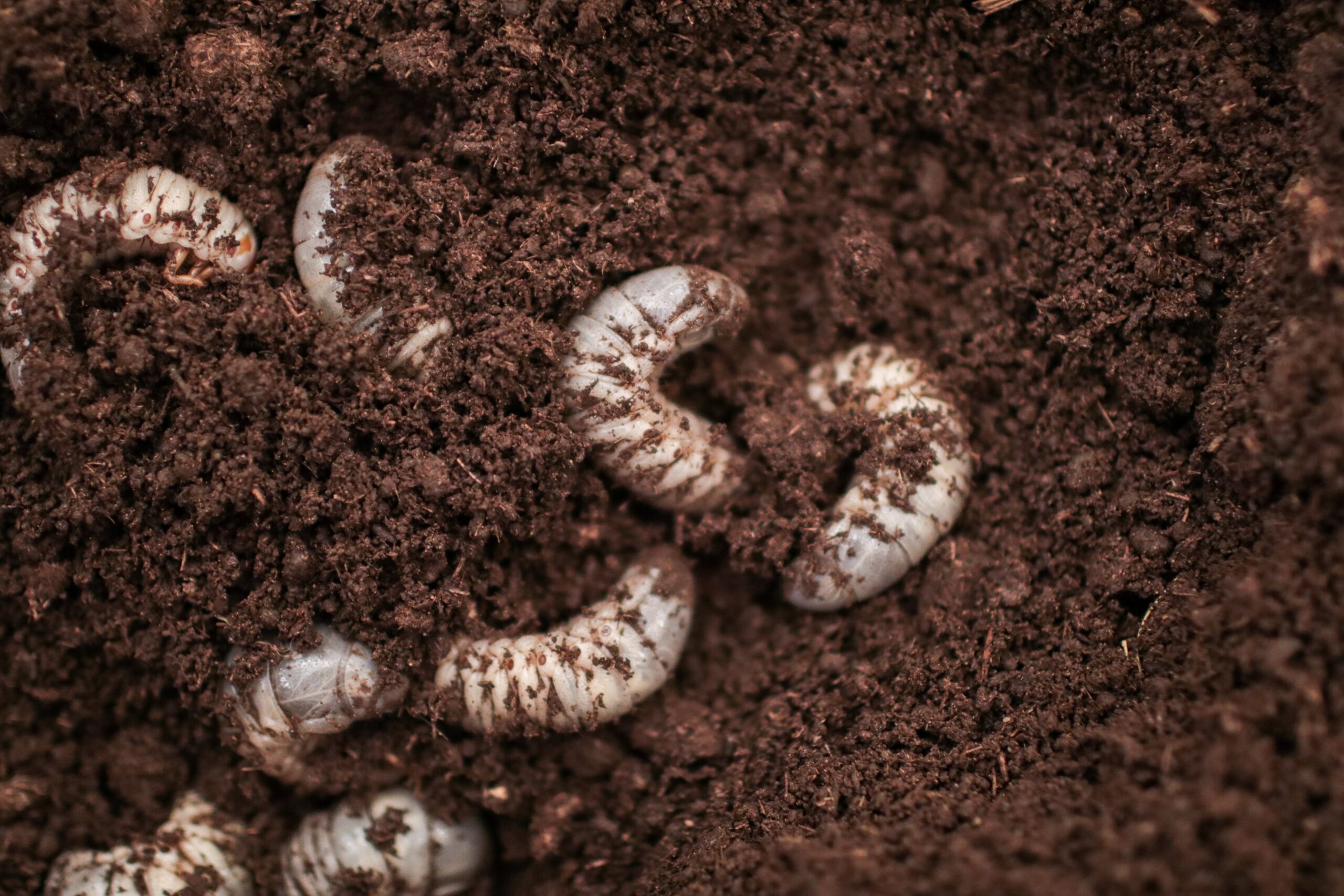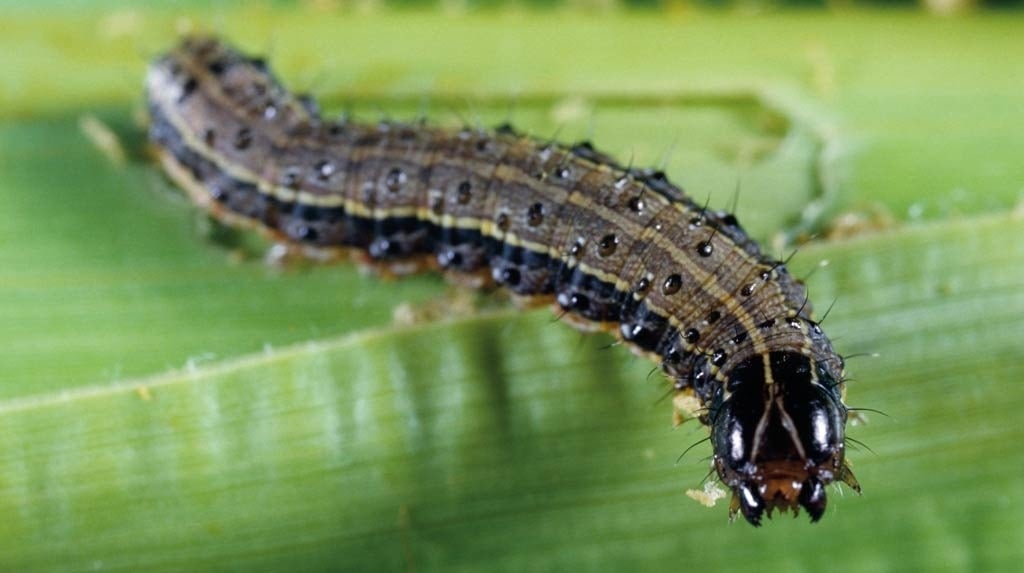
Signs Of Armyworms
September 17, 2021
Armyworms
This year Ohio has seen a huge infestation of armyworms. These insects are native to North America and can typically be found in areas of Europe, Africa, and the Mideast. The last time we have seen an infestation of armyworms was the early 1990s. They are believed to have come over with the tropical storms and weather we had this year.
What Are Armyworms
Armyworms are a caterpillar looking insect that feed on your lawns grass blades. These insects can be devastating to your lawn and can cause rapid loss of all green tissue they encounter. This destruction can occur in just a matter of days in areas the size of a football field.
Here’s how to identify them in your lawn:
- These insects resemble caterpillars. They are light green or brown in their early growth stage and dark green or brown in later stages.
- Full-grown larvae are 1½ to 2 inches long and almost hairless.
- They have a distinctive V marking on their head.
- They can be identified by a series of green, yellow, or brown stripes down the length of their bodies.
- Normally they are seen and found in large numbers.
- Pour warm water mixed with dish soap over affected area, any armyworms that are active in the lawn will rise to the service.
Treatment
To help control these insects, you can treat your lawn yourself or hire a lawn care company to treat your lawn with an insect control product.
The treatment is applied to eliminate armyworms that are actively feeding on your lawn and causing damage. Some of the common products that can be used are Sevin or Cross Check.
To learn more about armyworms and the treatment click here.
Adult Moths
After treatment, you begin to see moths in your lawn and around your house. After the armyworms are done feeding, they burrow in the ground and pupate in the soil. They then emerge as moths which is their adult stage in their life cycle.
The good news is these moths will not cause further damage to your lawn. If you received a treatment for armyworms, it is possible some of the insects were already in their pupate stage in the ground, which is why the treatment would not have eliminated them before changing into moths.
Although it is still possible these moths can lay eggs and we could see another life cycle begin, they cannot live in cool temperatures. With fall around the corner and the cooler temperatures that we will be getting soon, we are hopeful that there will not be another life cycle as the pupal stage of armyworms cannot withstand lengthy periods of cold weather.
Recovery
Although there can be vast amounts of damage done to your lawn in just a short period of time, it is possible that with continued fertilizer treatments and making sure you are watering sufficiently, that your lawn can recover on its own.
Unfortunately, if armyworms fed all the way down to the crown of the plant, causing the root of the plant to die completely, you may need to consider reseeding those damaged areas.
If you do show any of these signs, you may be suffering from an armyworm infestation.
Armyworms
This year Ohio has seen a huge infestation of armyworms. These insects are native to North America and can typically be found in areas of Europe, Africa, and the Mideast. The last time we have seen an infestation of armyworms was the early 1990s. They are believed to have come over with the tropical storms and weather we had this year.
What Are Armyworms
Armyworms are a caterpillar looking insect that feed on your lawns grass blades. These insects can be devastating to your lawn and can cause rapid loss of all green tissue they encounter. This destruction can occur in just a matter of days in areas the size of a football field.
Here’s how to identify them in your lawn:
- These insects resemble caterpillars. They are light green or brown in their early growth stage and dark green or brown in later stages.
- Full-grown larvae are 1½ to 2 inches long and almost hairless.
- They have a distinctive V marking on their head.
- They can be identified by a series of green, yellow, or brown stripes down the length of their bodies.
- Normally they are seen and found in large numbers.
- Pour warm water mixed with dish soap over affected area, any armyworms that are active in the lawn will rise to the service.
Treatment
To help control these insects, you can treat your lawn yourself or hire a lawn care company to treat your lawn with an insect control product.
The treatment is applied to eliminate armyworms that are actively feeding on your lawn and causing damage. Some of the common products that can be used are Sevin or Cross Check.
To learn more about armyworms and the treatment click here.
Adult Moths
After treatment, you begin to see moths in your lawn and around your house. After the armyworms are done feeding, they burrow in the ground and pupate in the soil. They then emerge as moths which is their adult stage in their life cycle.
The good news is these moths will not cause further damage to your lawn. If you received a treatment for armyworms, it is possible some of the insects were already in their pupate stage in the ground, which is why the treatment would not have eliminated them before changing into moths.
Although it is still possible these moths can lay eggs and we could see another life cycle begin, they cannot live in cool temperatures. With fall around the corner and the cooler temperatures that we will be getting soon, we are hopeful that there will not be another life cycle as the pupal stage of armyworms cannot withstand lengthy periods of cold weather.
Recovery
Although there can be vast amounts of damage done to your lawn in just a short period of time, it is possible that with continued fertilizer treatments and making sure you are watering sufficiently, that your lawn can recover on its own.
Unfortunately, if armyworms fed all the way down to the crown of the plant, causing the root of the plant to die completely, you may need to consider reseeding those damaged areas.
If you do show any of these signs, you may be suffering from an armyworm infestation.
Recent News
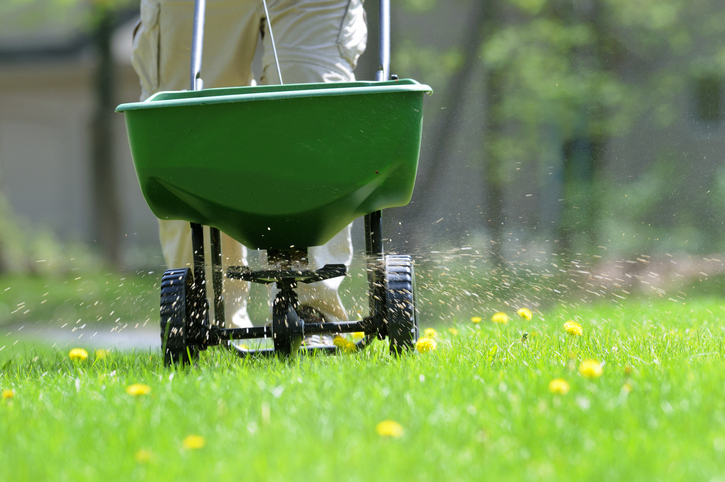
Professional vs. DIY Lawn Care: Which is right for you?
March 28, 2024
For many of us homeowners, the arrival of spring brings back the desire for a...
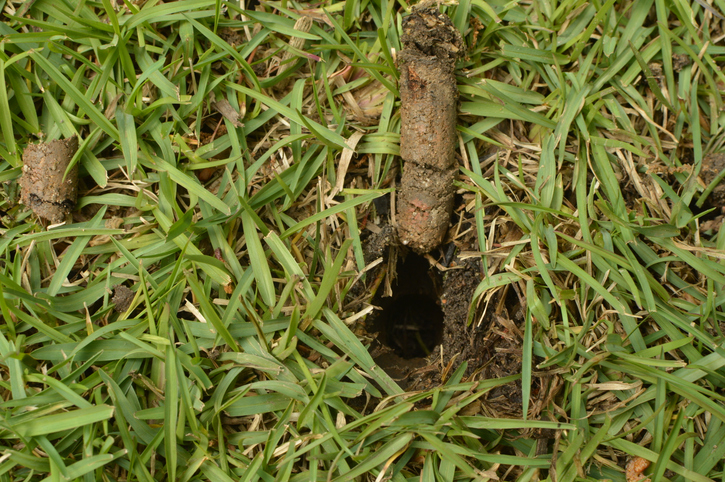
Spring is here—should you aerate your lawn?
March 28, 2024
Spring is here, and lawns are emerging from their winter dormancy. If you’re now thinking...
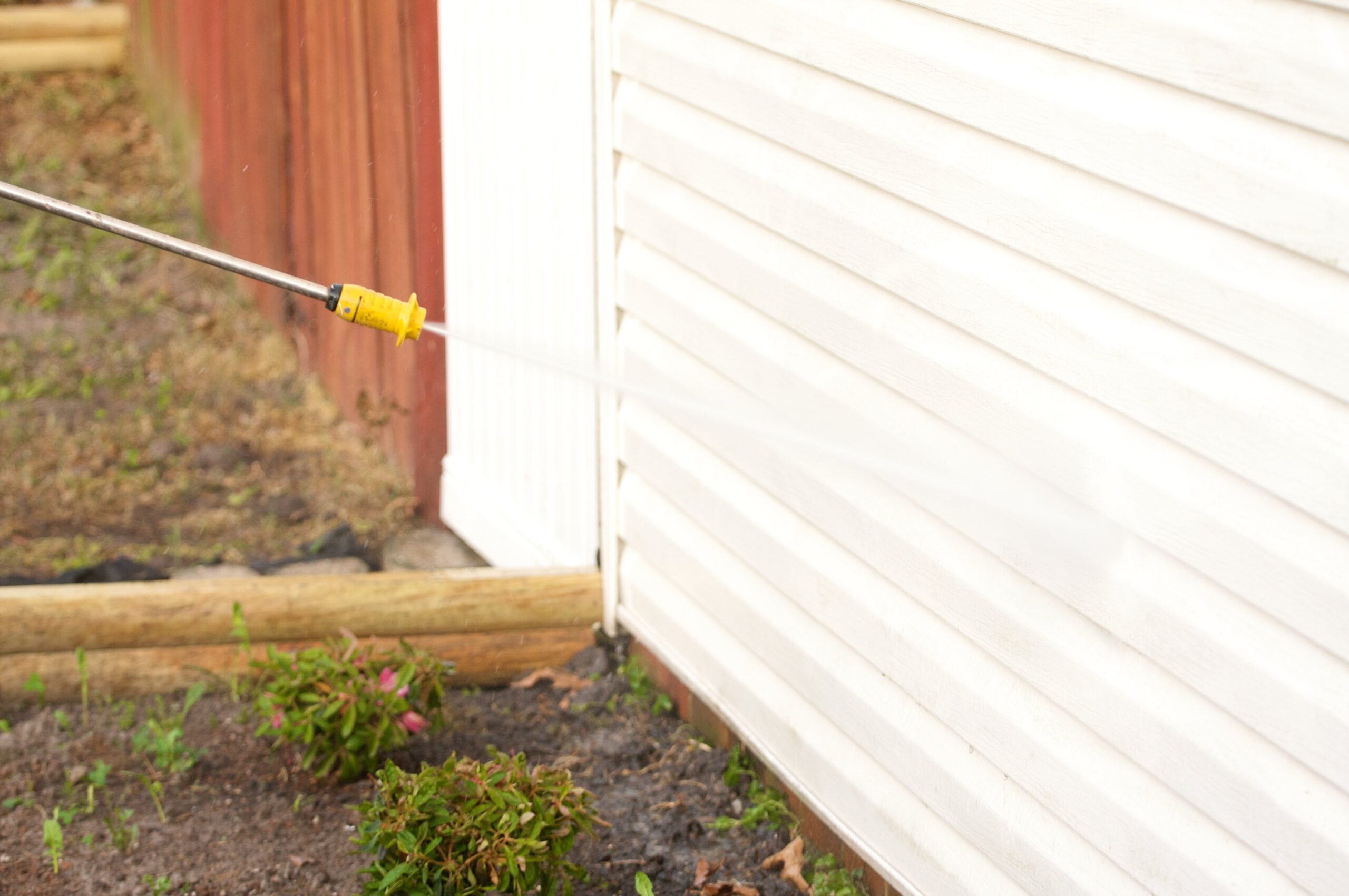
Pest Control for Fall
October 18, 2023
Now that the weather is getting colder, you may start to see unwanted insects seeking...
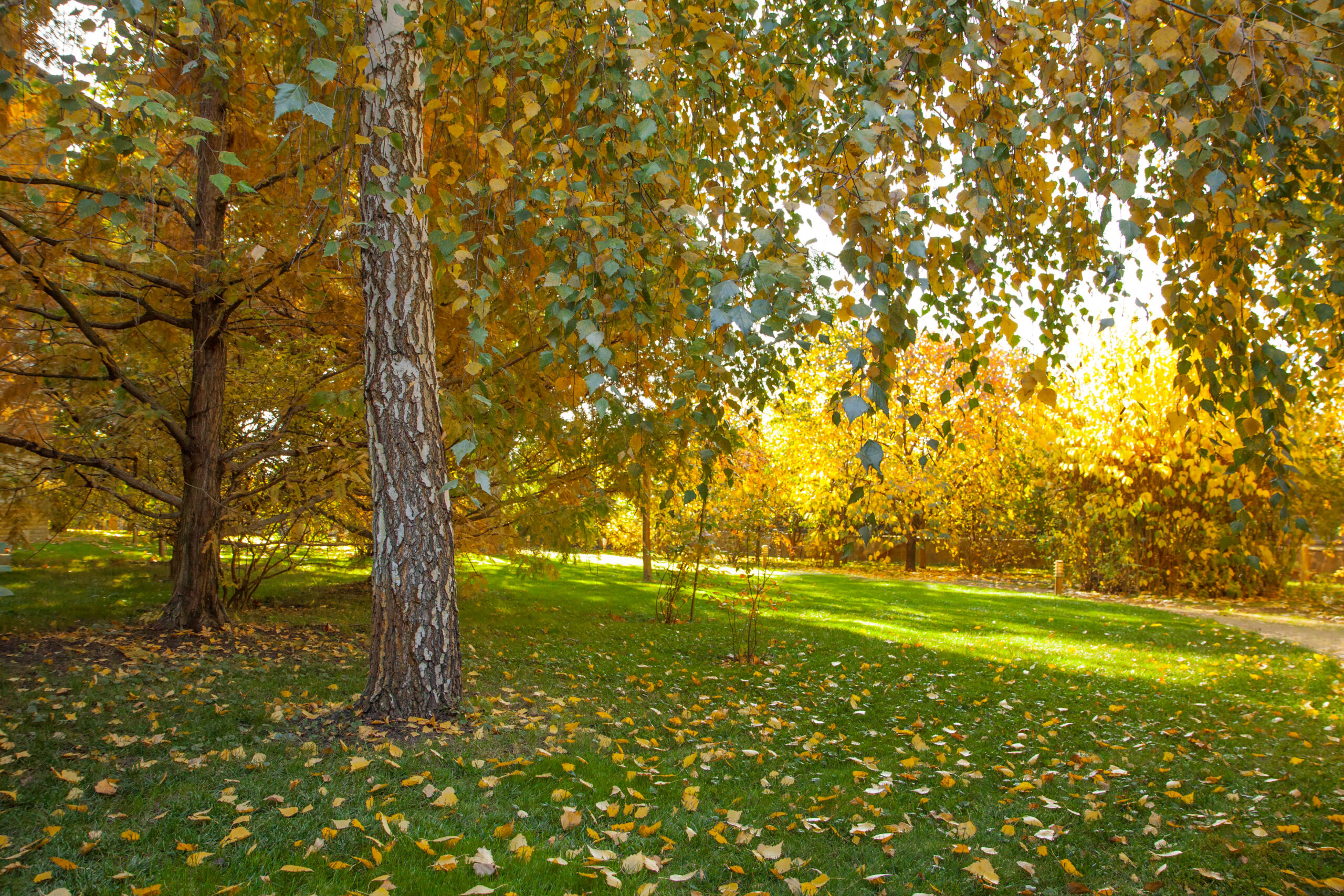
What is Limestone?
September 27, 2023
Fall is officially here and with that comes fall services that benefit your lawn before...
